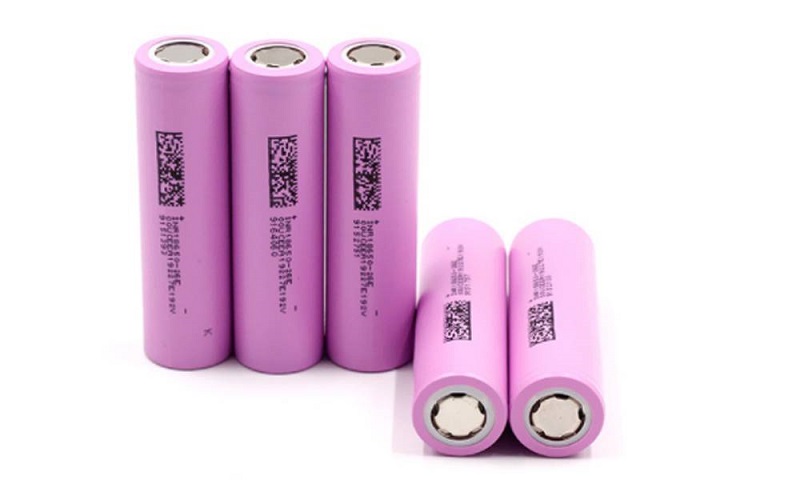As we all know, new market demand for lithium-ion batteries is forming very quickly. Lithium-ion batteries are currently divided into three major parts. The first piece is consumer electronics. Nowadays, most people on mobile devices, smartphones and laptops already use lithium-ion batteries. This market capacity can basically be calculated in units of tens of billions. The second area is the emerging demand for electric vehicles, whether it is pure electric vehicles or plug-in hybrid vehicles, the current demand has gradually formed. The third piece is to remind colleagues that in the future lithium batteries will be used in the field of energy storage. Its market capacity will be broader than that of electric vehicles, and its market can even be measured by a trillion of output value.
The demand for electric vehicles and energy storage markets has created a new market space for lithium-ion batteries. At present, a group of enterprises with technical foundation and production capacity are growing very fast, and the technological progress of power battery is also very fast.
Lithium battery is currently one of the commonly used battery types in electric vehicles, and is being used by more and more new energy vehicles. Although the energy density of lithium-ion batteries cannot be compared with gasoline at all, it is extremely difficult for other battery technologies to reach the level of lithium-ion batteries. Lithium-ion batteries cannot be replaced by other batteries in terms of energy density and service life. From lead-acid batteries, nickel-cadmium batteries, nickel-metal hydride batteries, to lithium-ion batteries, energy density has been continuously improving. At present, lithium batteries equipped with mainstream electric vehicles mainly include lithium iron phosphate batteries and ternary lithium batteries. Compared with lithium iron phosphate batteries, ternary lithium batteries have a much higher weight and energy density. In addition, the low temperature resistance of ternary lithium batteries in winter is much higher than that of lithium iron phosphate batteries. This means that a ternary lithium battery of the same weight has a longer cruising range than a lithium iron phosphate battery. As the energy density of lithium iron phosphate batteries has little room for improvement, and there is still room for development of ternary lithium batteries, ternary lithium batteries will become the technological trend of electric vehicles in the future.
From the current point of view, the requirements of electric vehicles and energy storage applications require safety, high energy density, long life, low cost, and products with considerable mature technology to achieve industrialization to match the rapid development of these two industries. Looking at it now, lithium-ion power batteries are currently the best choice. The broad market demand is also attracting a lot of R&D and manufacturing investment into this industry, which has promoted the rapid development of lithium-ion battery technology, so this industry has developed very fast recently. When it comes to power batteries, in fact, technology is very important. Power batteries pursue five aspects of performance, safety is the first priority, the other two pursuits, one is energy density, the other is power density, and the most important is service life.
https://www.hrl-battery.com/lithium-battery-pack/
Post time: Nov-05-2020





